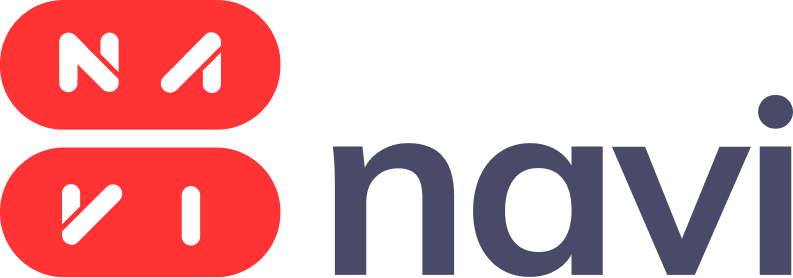IPOs have been pretty common over the months, and since the past year, they have dotted the Indian startup landscape more than ever. Last year saw 65 Indian IPOs (and over 40 unicorns, but that is a different story), and this trend has continued this year. Now, it is Sachin Bansal’s finance giant Navi Technologies, which is expected to file its draft red herring prospectus (DRHP) soon.
The DRHP is expected to be filed with market regulator SEBI (Securities and Exchange Board of India) for Navi’s ₹4,000 crores IPO. We may see the IPO as soon as June.
If raising ₹4,000 crores is not enough, Navi also plans to raise at least twice that amount through public debt later this year. The funds will be deployed for the aggressive growth of its lending business. This growth includes reaching objectives such as the creation of a loan book worth ₹20,000 crores over the next two years. In the same period, it plans to raise nearly ₹15,000 crores as debt from the public markets.
Coming back to the IPO, it will be comprised entirely of a fresh issue of equity, and there will not be an offer-for-sale (OFS). This means that Bansal will not be selling shares to investors in the IPO and thereby diluting his stake. Currently, he holds a stake of 97% in the three-year-old Navi. To date, he has invested around ₹4,000 crores into Navi.
Founded by Bansal and Ankit Agarwal and launched on December 10, 2018, Navi has an extensive lending business, including digital personal loans up to ₹20 lakhs, home loans, mutual funds, health insurance and micro-loans. It manages personal and home loans through Navi Finserv, mutual funds through Navi Asset Management Company.
It offers health insurance with its health insurance vertical Navi General Insurance and microfinance and lending services with Chaitanya Micro Finance. Chaitanya India Fin Credit was acquired by Navi in 2019 for ₹739 crores. Chaitanya had also applied for a universal banking license from the RBI.
The Bengaluru-headquartered financial services company claims to have around three million monthly active users and disbursed personal loans of nearly ₹500 crores last month. The same numbers range in the ₹900-1000 crores range per month if one includes the microfinance and housing loans.
This is a good time for the tech-driven financial services company to go public. It had turned profitable in FY21 and recorded a consolidated profit of ₹71 crores. Recently, it converted itself into a public limited company as well. For now, it has appointed ICICI Securities, BofA Securities, and Axis Capital to manage its public issue.





